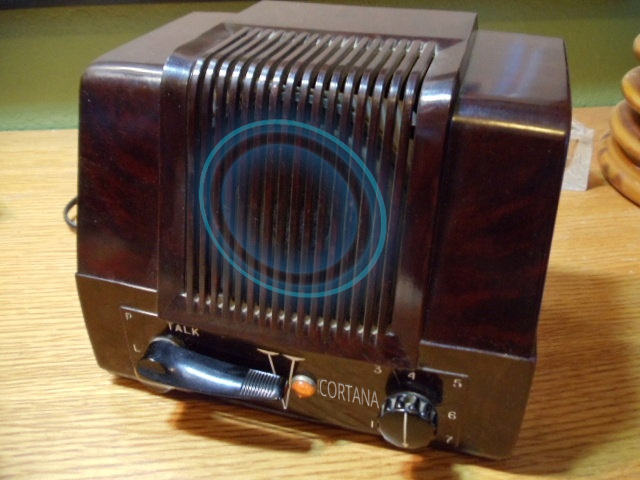This is how Cortana will eventually make users forget about the Taskbar menu in Windows 10
Disruptive technologies define inventions that create radical change in the traditional way we do things on a daily basis. The Windows Taskbar Menu is representative of the traditional way we see desktop operating systems, where users are comfortable taking their time clicking and hovering through multiple levels of drop-down menus, to get to one single function.

Having said that, as comfortable as the Start menu is to rely upon, a trend as old as Windows 95 has characterized Windows users for decades, which is the practice of cluttering the desktop with shortcut icons. This practice has been a call for change that didn’t become possible until in recent years, when the concept of virtual assistants entered the plainfield of consumer technologies.
The integration of Cortana within Windows 10 is not just an attempt at enabling desktop users with the same ability to perform web searches as they would on their phone. When applying Cortana’s ability to search content that is also within the host PC, that’s when the real value of a virtual assistant on a desktop operating system truly shines.
The Taskbar Menu becomes Cortana
Users of Windows 10 are becoming increasingly aware of how much faster it is to summon programs, applications and even settings, simply by having Cortana search for them.
For example, let’s say we want to add or configure user accounts, to allow access to family members, so they can install their own apps and programs, and save their own files separately.
This is usually handled in the User Account page on the Settings app. Without Cortana, we would have to open the Settings app from the Taskbar Menu, and click on Accounts to access the proper tab where to manage Microsoft accounts and local accounts as well.
Fortunately, Cortana has made this process a one-click step, where all we need is to type simple keywords, like “user accounts”, or even questions, like “How do i add a Microsoft Account to Windows 10?”. At which point Cortana will display everything she finds in relation of the query submitted, with local apps and programs showing first, for convenience, followed by results from the web and the Windows Store.
Another example would be the way to summon third party applications, like games and other software. In Cortana is as easy as to simply typing the first three letters of an application’s name, to have it immediately pop in the search results, ready to be run.
Support for local files and folders is however a different matter, as it requires the indexing of the entire hard drive, however, File Explorer is still a powerful tool to find files and folders, as long as indexing is turned on on all drives.
Why it the Taskbar Menu becoming less relevant
What made the Taskbar Menu great in Windows 95, was the fact that Windows used to be very simple and basic, with a much smaller array of options than what we have available today. Quick access to the control panel, local drives and installed programs was all we needed. Now, the options have multiplied, and the depth reached by the Start Menu in Windows 7, has gotten to a point where it’s no longer functional nor practical.
This is something that Apple has learned early on, which is why many system options in Mac OS X are organized on the main menu bar at the top, with program access available through either Spotlight, or from the icons within the application menu at the bottom of the Mac OS X desktop.
It was only a matter of time for Microsoft to move in that direction, towards a more practical, easy way to access programs and files, and to enhance user experience with more advanced capabilities, like being able to compose emails or set calendar entries directly.